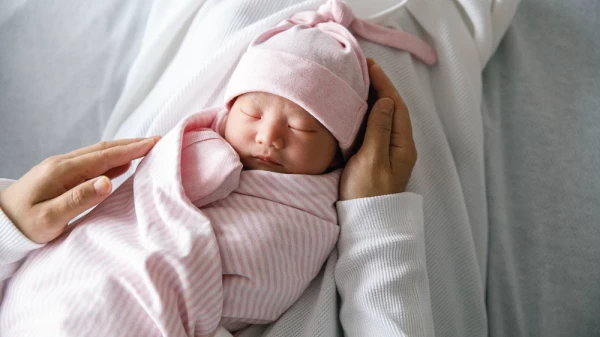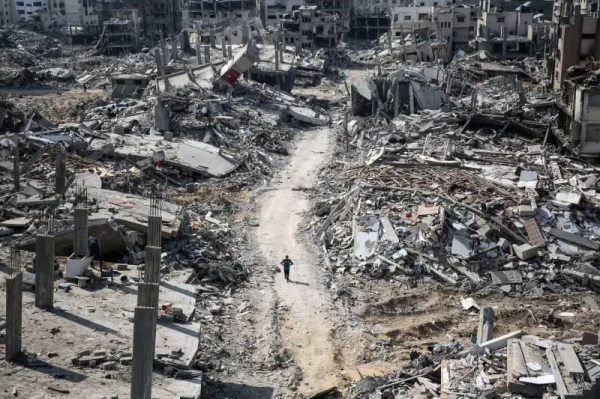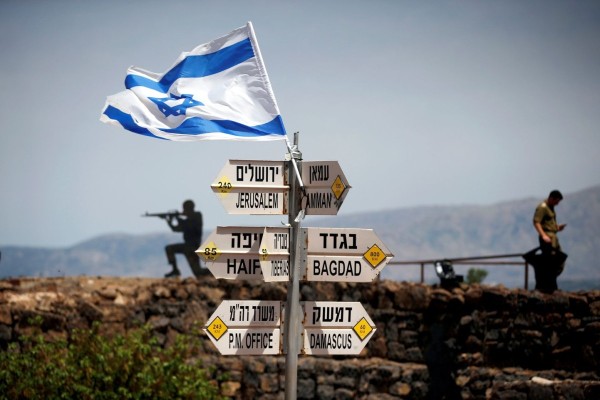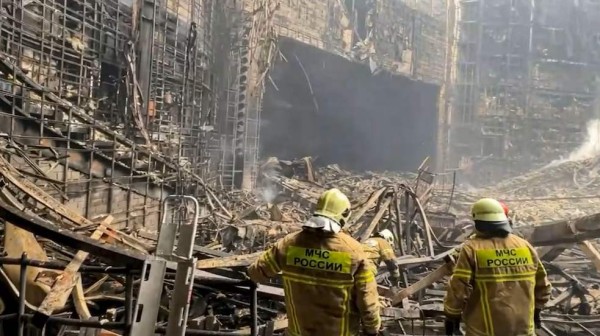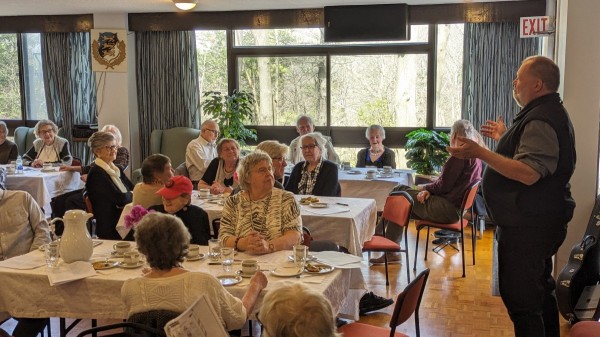yle.fi 17.1.2018
As the 100-year anniversary of the start of the 1918 Finnish Civil War approaches, Yle asked Finns about the lingering effects of the conflict.
An Yle survey suggests that mistrust sown in the Finnish Civil War of 1918 has trickled down through the generations and is still present in subtle ways. Sixty-eight percent of respondents say the bitter conflict still divides Finns 100 years later, at least to some extent.
After declaring independence in 1917, Finns fought an approximately four-month-long war to determine how the country should be run. Starting on 27 January 1918, the war pitted the industrial and agrarian Reds in southern cities against the peasants and middle and upper-class Whites in rural areas and the north. Close to 40,000 people died in the bitter fighting and the war's aftermath.
But the animosity didn't end on May 15 with the defeat of the Red Guard. Immediately after the war, the ruling Whites declared a ban on what it called radical leftist political activity. It lasted a quarter of a century, until the end of the Continuation War.
For decades, descendants of people with Red and White allegiances were sorted into separate camps. Youth associations, sports clubs and even retail shops catered to either one or the other. People had to be careful which concerts and events they participated in, as it communicated a message about their political sympathies.
The Finnish Broadcasting Company Yle commissioned an online survey to get a sense of what Finns think about the war and its effects today. The poll was carried out by Taloustutkimus in mid-December 2017, and was answered by 1,117 respondents between the ages of 18 and 79.
Who was in the right: The Reds or the Whites?
Among other questions, the poll asked the respondents which side of the conflict they believe was in the right. Answers were sharply divided: 33 percent said the White's cause was more justified, while only 16 percent said the Reds were right to fight.
Emeritus professor of political history Seppo Hentilä says the disparate result could be linked to long-term speculation about what would have happened had the Reds won the battle.
"We have repeatedly heard the interpretation that the Reds would have put Finland on the path to socialism and a version of the Soviet state. It is hard to say whether this theory is true. Scientific research into history has told us that imagining how things might have played out is a poor method indeed," he says.
It seems some of the people polled felt the same way, as almost a third of the survey respondents responded that there was no difference between the two sides, as both were fighting for what they saw was right.
Analysis of the poll's findings by age show that 18-24 year olds tend to support the Whites, while people between 65 and 79 were more likely to see both sides as equal.
Why did the war break out?
Historical research says the start of the Finnish Civil War can be attributed to the plight of the poor in Finland and a vacuum of power in the newly independent state.
The countryside was full of tenant farmers who worked for the landowners and were expected to give them a share of their output. In many places, the arrangement had been taken to the extreme, with workers of the land more or less treated as indentured servants.
Another unhappy crowd lived in Finland's cities: overworked and underpaid factory workers. Together the two oppressed groups were the perfect breeding ground for the seed of socialist ideology and its message of collective ownership.
Add to this the First World War. Russia was left weak and Finland grabbed its opportunity to declare independence. The Russian administration pulled out and the newly sovereign state had to manage without an army, police and several other institutions that would have been necessary to quell rising tensions.
Sympathies for both sides live on
The Yle poll suggests that most Finns agree with the historians. Respondents were asked to rank a list of reasons the Finnish Civil War broke out in order. The top-ranked reason was the plight of the poor and impossible living conditions, at 46 percent. Only 18 percent of the people who responded to the survey did not include this reason in their ranking.
The second most popular reason the survey respondents chose was upper-class reluctance to offer Finland's labourers concessions.
One reason listed went as follows: "The war began from the Reds' desire to seize power and make Finland a socialist country". Respondents were clearly divided on this statement, with 37 percent considering it a significant cause of the war and 32 percent indicating it wasn't.
Historian Hentilä says the divide on this question signifies how divided the country still is.
"The strongest and most permanent division of the Finnish Civil War is that the left still sympathises with the Reds and the right with the Whites," he says.
Suffering and death
Finns are proud of their knowledge of history. When asked "Which side suffered more indignities in the Finnish Civil War?" 55 percent answered the Reds, 27 percent said both sides were persecuted equally, and just five percent answered the Whites.
A database of Finland's war losses from 1914 to 1922 states that over 36,000 people were killed in the short war – 10,000 more than in Finland's Winter War, which lasted just as long.
Just over 5,000 Whites were killed in battle, or executed or died in other ways because of the war. More than five times more, over 27,000 Reds, perished in the war. Some 20,000 were believed to have been executed or died from hunger as prisoners of war.
"Subsequent research has shown that the Whites were never held responsible for the cruelty they inflicted… It is staggering to think that two-thirds of Red deaths occurred after the war was finished," Hentilä says.
Poll results suggest that most Finns are now aware of this, however, as 63 percent agree with the statement that the Whites should be held accountable for the significant numbers of Red deaths by execution and starvation.
Civil War still divides Finland after 100 years, poll suggests
Arvamus
TRENDING






